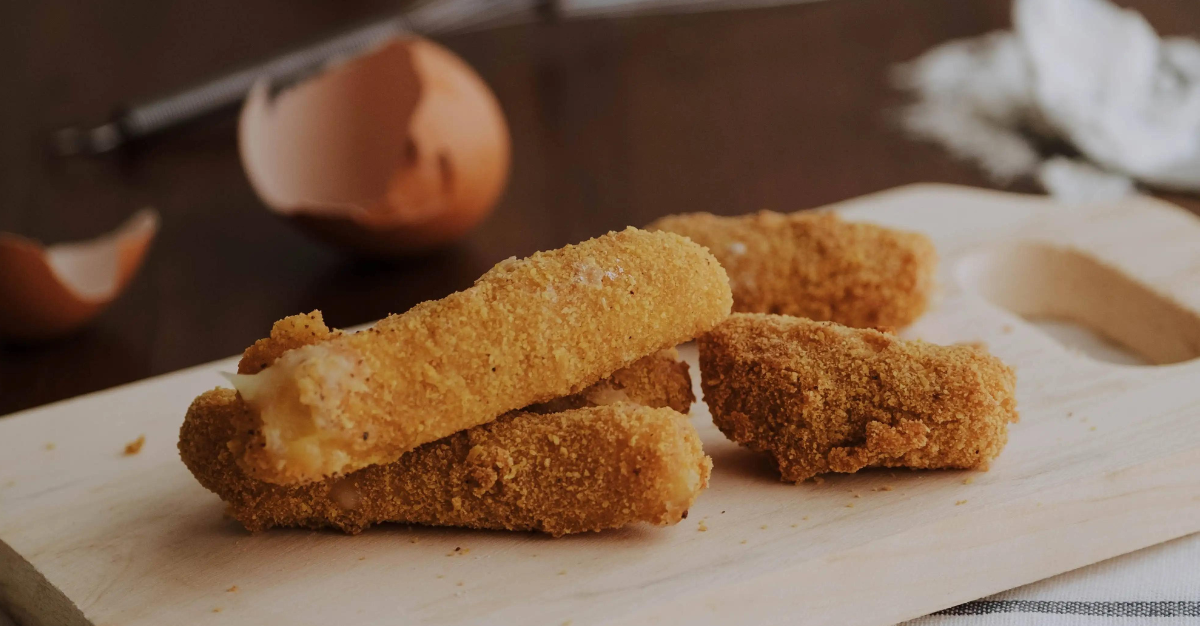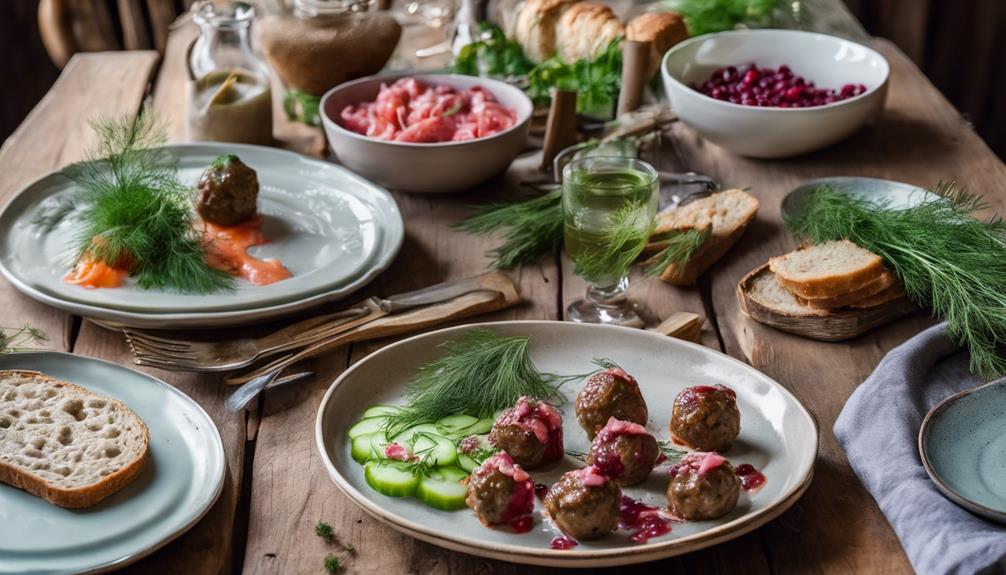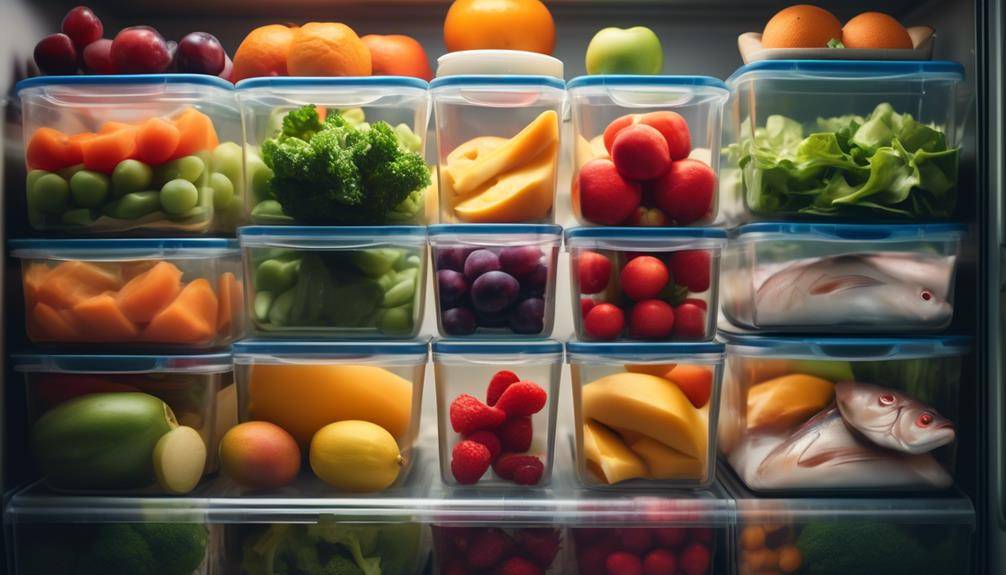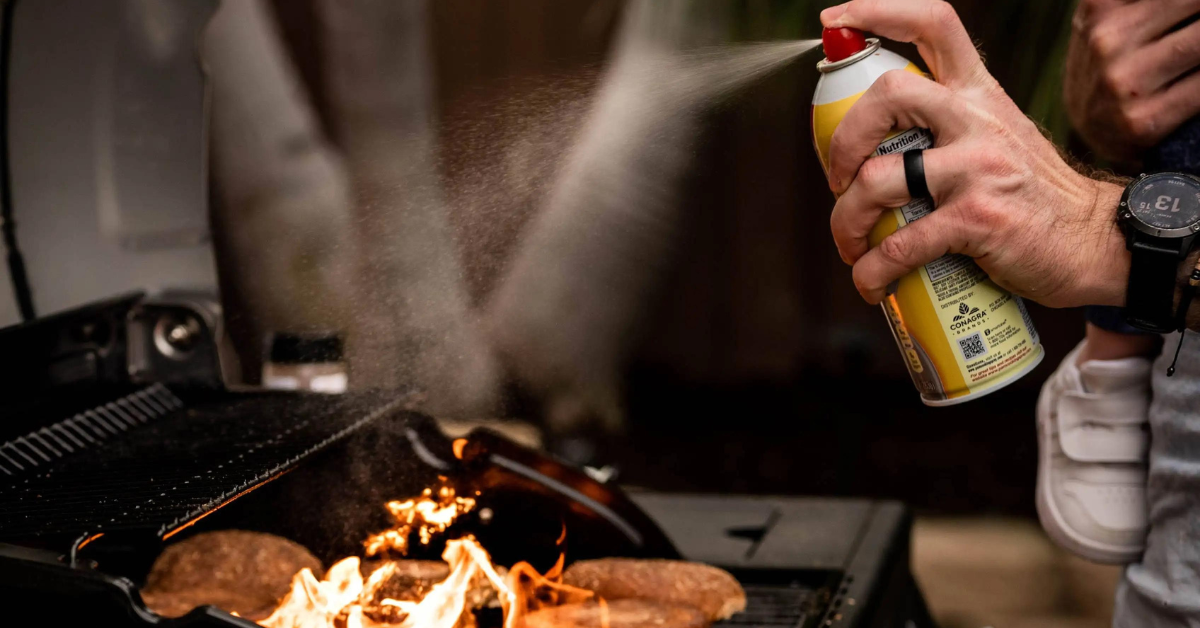Perfecting Low and Slow Grilling Techniques Simplified
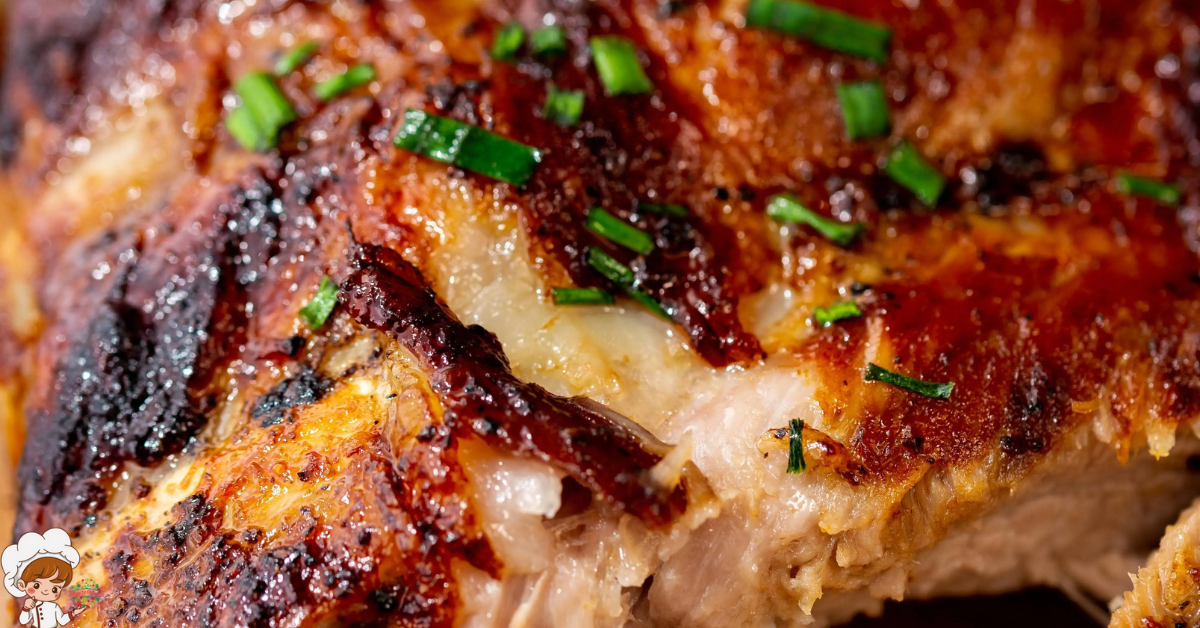
Are you ready to take your grilling skills to the next level? Look no further than ‘Perfecting Low and Slow Grilling Techniques Simplified.’ This guide is your key to becoming a master of low and slow grilling, without all the unnecessary complexity. In this concise yet comprehensive manual, you will discover the secrets to achieving tender, flavorful results every time. From mastering indirect heat techniques to choosing the perfect cuts of meat, this guide covers it all. So, grab your apron and get ready to elevate your grilling game. With ‘Perfecting Low and Slow Grilling Techniques Simplified,’ you’ll be the envy of every backyard barbecue. Let’s get grilling!
Fire Up the Flavor Anywhere – Grab Your Portable Grill Today!
The Basics of Low and Slow Grilling
To begin mastering the art of low and slow grilling, you should start by understanding the basics. Temperature control is a crucial aspect of achieving tender and flavorful results in low and slow grilling. Maintaining a consistent temperature throughout the cooking process is key to ensuring that your meat cooks evenly and retains its moisture.
One tip for temperature control is to use a thermometer to monitor the heat inside your grill. This will help you adjust the airflow and fuel accordingly to maintain the desired temperature. Additionally, you can create different heat zones within your grill by piling up the charcoal on one side and leaving the other side empty. This allows for indirect heat cooking, which is perfect for low and slow grilling.
Another important aspect of low and slow grilling is the use of wood chips or chunks for added flavor. Soaking the wood in water before placing it on the charcoal can help to release a slow and steady smoke, infusing your meat with a delicious smoky flavor. You can experiment with different types of wood, such as hickory, mesquite, or applewood, to achieve different flavor profiles.
Furthermore, it is essential to be patient when low and slow grilling. This cooking method takes time, but the end result is well worth it. Slowly cooking your meat at a lower temperature allows the connective tissues to break down gradually, resulting in a tender and juicy final product.
Essential Tools for Low and Slow Grilling
To achieve success in low and slow grilling, you will need several essential tools. These tools will not only help you maintain the right temperature throughout the cooking process but also ensure that your grill is well-maintained for optimal performance.
One of the most important tools for low and slow grilling is a grill thermometer. This tool allows you to monitor the internal temperature of your grill and make adjustments as needed. It is crucial for maintaining the desired temperature for slow cooking, as even slight variations can affect the outcome of your food.
Another essential tool is a grill brush for maintenance. Regular cleaning of your grill grates is essential to prevent the build-up of grease and food residue, which can affect the flavor of your food and even cause flare-ups. A good-quality grill brush with stiff bristles will help you keep your grill grates in top condition.
Additionally, having a set of long-handled tongs and a spatula is essential for low and slow grilling. These tools allow you to handle your food safely without getting too close to the heat. They also help you flip and move your food without piercing or tearing it, which can cause moisture loss and affect the tenderness of your meat.
Lastly, investing in a good-quality grill cover is crucial for grill maintenance. A cover will protect your grill from the elements, preventing rust and extending its lifespan. It also helps maintain a consistent temperature inside the grill, especially during low and slow cooking.
Fire Up the Flavor Anywhere – Grab Your Portable Grill Today!
Preparing Your Grill for Low and Slow Cooking
To prepare your grill for low and slow cooking, gather the necessary tools and ensure that your grill is clean and properly maintained. Proper grill maintenance is essential for achieving the best results when cooking low and slow. Start by cleaning the grates and removing any leftover food or debris. Use a grill brush to scrape away any stuck-on residue, and then wipe the grates with a damp cloth. This will prevent any unwanted flavors from transferring to your food and ensure even cooking.
Next, check the fuel source. For low and slow cooking, you’ll want to use charcoal or wood chips for that smoky flavor. Make sure you have enough fuel to maintain a consistent temperature throughout the cooking process. If using charcoal, arrange the briquettes in a two-zone fire, with the coals on one side and an empty space on the other. This allows for indirect heat and better temperature control.
Temperature control is crucial when cooking low and slow. Invest in a good quality thermometer to accurately monitor the temperature inside your grill. This will help you maintain a steady heat and prevent over or undercooking your food. Place the thermometer at grate level, away from the direct heat source.
Finally, ensure that your grill is properly maintained. Regularly check for any loose or damaged parts and replace them as needed. Keep the grill clean by wiping down the exterior and emptying the ash pan after each use. This will help extend the lifespan of your grill and ensure optimal performance.
Mastering Indirect Heat Techniques
Mastering indirect heat techniques requires understanding the importance of temperature control and utilizing a two-zone fire setup on your grill. This method allows you to cook your food indirectly, away from the direct heat source, resulting in more even cooking and preventing flare-ups. Here are four key tips to help you perfect your indirect heat grilling technique:
- Achieving optimal smoke flavor: Indirect heat grilling is ideal for imparting a delicious smoky flavor to your food. By using wood chips or chunks, you can create a flavorful smoke that infuses your meat, vegetables, or seafood. Soak the wood in water for about 30 minutes before adding it to the grill, as this helps produce more smoke and prevents it from burning too quickly.
- Controlling temperature for consistent results: Maintaining a consistent temperature is crucial for achieving perfectly cooked food. With indirect heat grilling, you can control the temperature by adjusting the air vents on your grill. Opening the vents allows more oxygen in, increasing the heat, while closing them reduces the oxygen flow, lowering the temperature. Use a thermometer to monitor the grill’s temperature and make adjustments as needed.
- Setting up a two-zone fire: To create a two-zone fire, arrange the coals on one side of the grill, leaving the other side empty. This setup provides a hot direct heat zone for searing and a cooler indirect heat zone for slow cooking. Place the food on the indirect heat side and adjust the vents to maintain the desired temperature.
- Rotating and flipping food: When using indirect heat, it’s important to rotate and flip your food regularly for even cooking. This helps prevent one side from overcooking while the other side remains undercooked. Use tongs or a spatula to carefully turn the food, ensuring that all sides are evenly exposed to the indirect heat.
Choosing the Best Cuts of Meat for Low and Slow Grilling
When perfecting your low and slow grilling techniques, it is important to select the best cuts of meat that are ideal for low and slow cooking. Choosing the right cut of meat can make a significant difference in the final outcome of your dish. To achieve tender and flavorful results, consider the following tips.
First, properly seasoning your meat for low and slow grilling is crucial. Take the time to generously season your meat with a dry rub or marinade. This will not only enhance the flavor of the meat but also help to tenderize it. Allow the seasoning to penetrate the meat by refrigerating it for at least a few hours, or even overnight. This will ensure that every bite is packed with flavor.
Secondly, understanding the importance of resting meat after low and slow grilling is key. After your meat has reached the desired internal temperature, remove it from the grill and let it rest for a few minutes. This allows the juices to redistribute within the meat, resulting in a more tender and juicy final product. Resting also helps to lock in the flavors and ensures that the meat is at its peak when served.
Fire Up the Flavor Anywhere – Grab Your Portable Grill Today!
When it comes to choosing the best cuts of meat for low and slow grilling, opt for cuts that have a higher amount of fat and connective tissue. These cuts, such as beef brisket, pork shoulder, and ribs, benefit from the slow cooking process as it helps to break down the collagen and fat, resulting in tender and succulent meat.
Frequently Asked Questions
Can I Use a Gas Grill for Low and Slow Grilling, or Is It Only Suitable for Charcoal Grills?
You can definitely use a gas grill for low and slow grilling! While charcoal grills are traditional, gas grills offer convenience and precise temperature control. The pros of using a gas grill include easy ignition, quicker heat-up time, and less maintenance. However, some argue that charcoal grills provide a smokier flavor. Ultimately, it comes down to personal preference and the level of control you desire.
How Long Should I Marinate the Meat Before Low and Slow Grilling?
When perfecting low and slow grilling, it’s important to choose the right marinade. Marinating meat before grilling enhances flavor and tenderness. Remember to allow the meat to rest after marinating for optimal results.
Can I Use Wood Chips or Chunks for Added Flavor During Low and Slow Grilling?
Yes, you can use wood chips or chunks for added flavor during low and slow grilling. They infuse a smoky taste into your meat. It’s a popular alternative to traditional grilling methods.
What Is the Recommended Temperature Range for Low and Slow Grilling?
For low and slow grilling, it’s crucial to maintain a consistent temperature. The recommended temperature range is typically between 225°F and 275°F. This allows for tender, flavorful results as the meat slowly cooks to perfection.
Are There Any Specific Safety Precautions I Should Take When Grilling Low and Slow?
When grilling low and slow, it’s important to prioritize safety. Ensure your grill is in good condition, keep a fire extinguisher nearby, and never leave your grill unattended. Taking these precautions will help you enjoy a worry-free grilling experience.
Fire Up the Flavor Anywhere – Grab Your Portable Grill Today!
Conclusion
In conclusion, mastering the art of low and slow grilling is all about understanding the basics, having the right tools, and knowing how to prepare your grill for optimal cooking. By using indirect heat techniques and choosing the best cuts of meat, you can achieve perfectly tender and flavorful results every time. So, fire up your grill, take your time, and enjoy the delicious rewards of low and slow grilling. Happy cooking!



